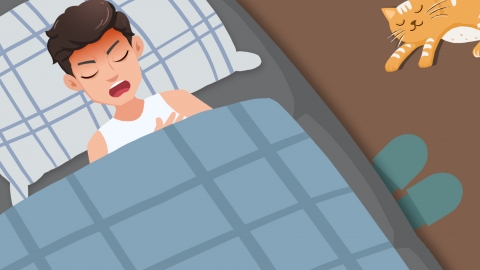A high fever of 39℃ should not last for more than a few hours.
Generally speaking, there is no absolute fixed number of hours that a high fever of 39°C "must not exceed." The situation should be assessed based on the individual and their physical condition. However, it is usually recommended to seek active intervention if the fever lasts more than 24 hours in adults, or more than 12 hours in children or individuals with underlying medical conditions, to avoid delaying treatment. Specific analysis is as follows:

For healthy adults, if the body temperature reaches a high fever of 39°C but mental status remains normal without severe symptoms such as intense headache or vomiting, initial management may include physical cooling methods and antipyretic medications. A short duration of fever typically does not cause serious harm. However, if the fever persists beyond 24 hours, it may increase physical exhaustion and could mask underlying causes such as pneumonia or urinary tract infections, thereby increasing the risk of complications.
For children, pregnant women, or individuals with pre-existing health conditions, a high fever of 39°C lasting longer than 12 hours requires caution. Children have less developed temperature regulation mechanisms, and prolonged high fever may trigger febrile seizures. In patients with chronic diseases, persistent high fever may worsen their baseline condition—such as causing blood glucose fluctuations or increased cardiac workload—and thus earlier cooling measures and thorough evaluation of the underlying cause are necessary.
In daily life, when experiencing a high fever of 39°C, timely cooling measures such as lukewarm sponge baths and taking antipyretic medications should be implemented. At the same time, adequate hydration and rest must be ensured. If cooling efforts are ineffective or the fever persists for an extended period, the underlying cause should be actively investigated to prevent adverse health effects due to delays.







